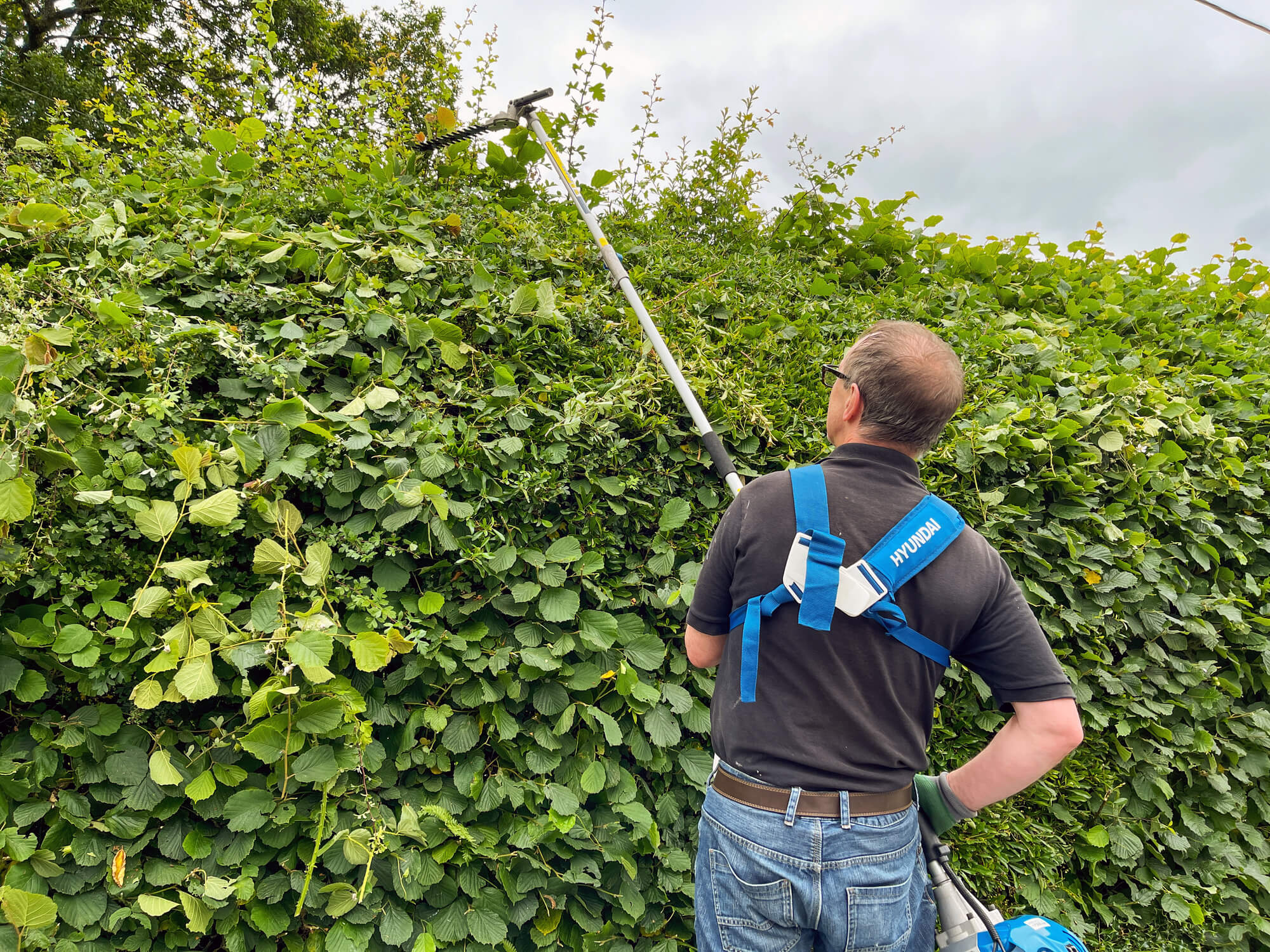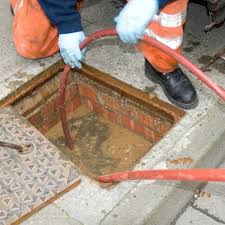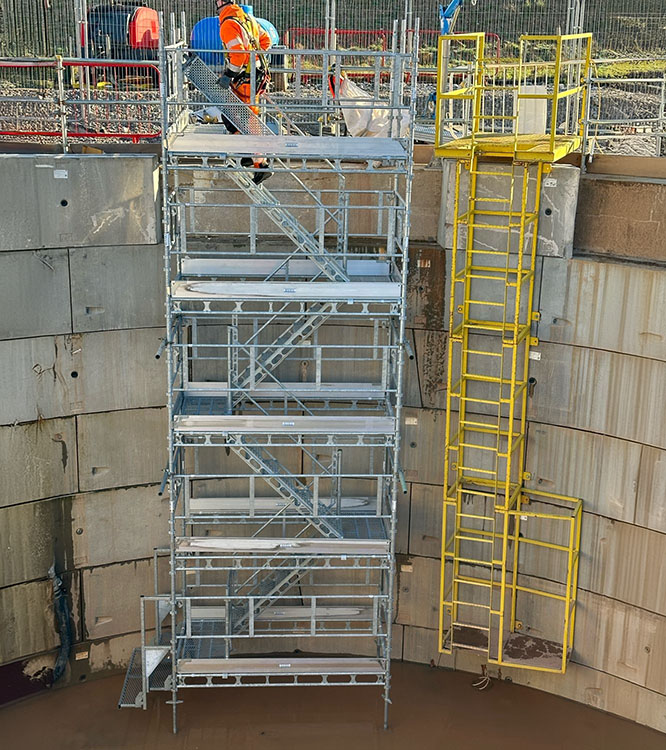Deadwood in trees might seem harmless at first glance, but leaving it unattended can pose significant risks to both the tree’s health and the safety of your property. Understanding the importance of deadwood removal can help prevent future hazards, enhance your landscape’s appearance, and ensure the longevity of your trees.
What is Deadwood?
Deadwood refers to branches or limbs that have died due to disease, age, insect infestation, or environmental factors. These branches no longer serve a purpose for the tree’s health and can often go unnoticed until they become a visible hazard. Over time, deadwood weakens and becomes brittle, making it prone to breaking and falling unexpectedly.
The Hidden Dangers of Leaving Deadwood Untouched
Ignoring deadwood isn’t just an aesthetic issue—it can lead to several hidden dangers that are often underestimated:
1. Safety Hazards
Dead branches are unstable and can fall without warning, especially during storms or high winds. This creates a serious risk to people, pets, vehicles, and structures nearby. Regular deadwood removal reduces the likelihood of injury or property damage.
2. Pest Infestation
Deadwood can become a breeding ground for pests such as termites, beetles, and other wood-boring insects. These pests can spread to healthy parts of the tree or even invade nearby buildings.
3. Increased Fire Risk
Dry, dead branches are highly flammable and can contribute to the rapid spread of fires, particularly in dry seasons. Removing deadwood reduces the fuel available for wildfires or accidental blazes.
4. Disease Spread
Fungal infections and diseases often thrive in deadwood and can spread to healthy parts of the tree or nearby plants. Regular inspections and deadwood removal help prevent outbreaks and preserve the health of surrounding vegetation.
The Benefits of Regular Deadwood Removal
Maintaining your trees with routine deadwood removal offers a range of advantages that extend beyond safety:
1. Improved Tree Health
Removing dead or decaying branches allows the tree to focus its energy on new growth, improving overall health and vitality. It also reduces competition for nutrients within the tree’s system.
2. Enhanced Aesthetic Appeal
Deadwood can make even the healthiest tree look neglected. Regular maintenance keeps trees looking neat and attractive, improving the overall landscape appearance of your property.
3. Extended Tree Lifespan
A well-maintained tree is more resilient to disease, pests, and environmental stress. Proper deadwood removal helps extend the tree’s life by promoting strong, healthy growth.
4. Cost Savings
Preventative maintenance is often more affordable than dealing with the aftermath of a fallen branch or a diseased tree. Investing in deadwood removal can save you from costly emergency tree services or property repairs.
When Should Deadwood Be Removed?
The timing of deadwood removal depends on several factors, including the tree species and climate conditions. However, some general guidelines include:
- After major storms or strong winds
- During routine seasonal tree inspections
- When visible signs of decay, pests, or disease appear
- If branches are hanging dangerously over property or walkways
For larger trees, it’s best to hire professional arborists who have the tools and experience to handle the job safely.
DIY vs. Professional Deadwood Removal
While it’s possible to remove small dead branches on your own with the proper equipment, larger or higher branches pose significant safety risks. Professionals not only ensure proper deadwood removal but can also assess the overall health of the tree and provide expert care recommendations.
Conclusion
Deadwood may seem like a minor issue, but its dangers can escalate quickly if left unattended. From safety hazards to pest infestations, the risks associated with neglecting deadwood removal are too significant to ignore. Regular maintenance ensures the health, beauty, and safety of your trees and your property—making it a wise investment for any homeowner or property manager.
If you’re unsure whether your trees need professional care, consider scheduling a tree inspection today and keep your landscape safe and thriving.
4o










